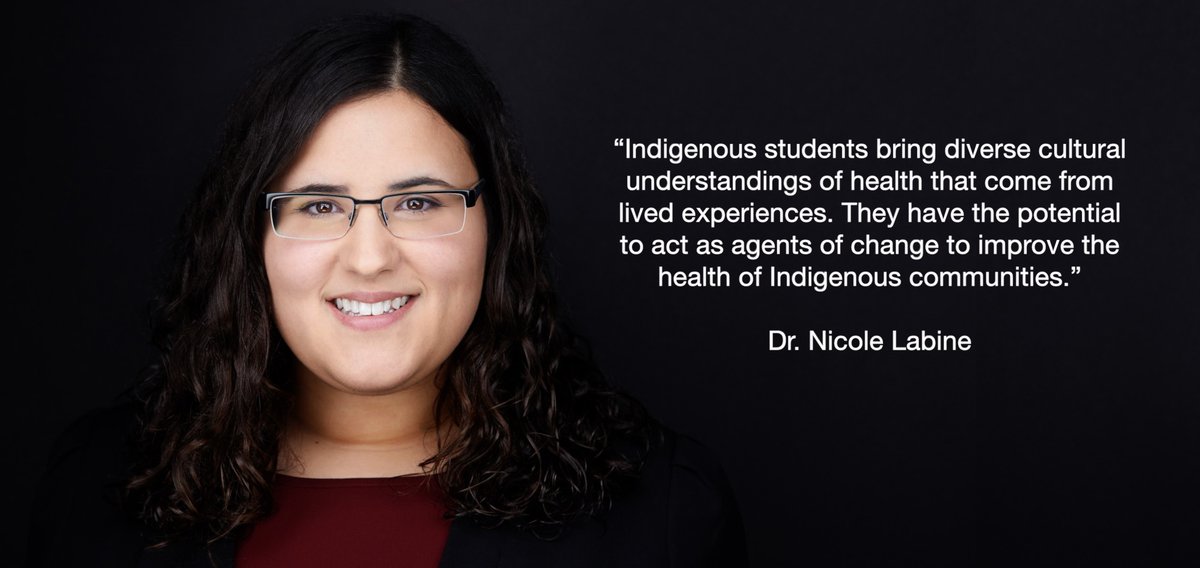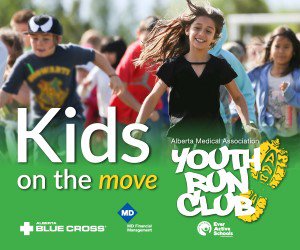What are the chances that an Indigenous student in Canada might one day become a physician? According to the 2016 Canadian census, less than 1% of practitioners in Canada are Indigenous. Roughly, one in every 2,200 Indigenous people will become a physician compared to one in every 350 non-Indigenous people.
During the last decade, strides have been made across the country to increase the number of Indigenous physicians. Specifically, in response to the Truth and Reconciliation Commission Calls to Action, Canada’s 17 medical schools have made attempts to select medical students that are reflective of and responsive to the needs of the populations they serve. Another element of this involves increasing Indigenous representation in medical school selection committees and including their perspectives in selection criteria.
Indigenous students bring diverse cultural understandings of health that come from lived experiences. They have the potential to act as agents of change to improve the health of Indigenous communities.

As a second-year medical student, I took the opportunity to return home to Fort Smith, my community in the Northwest Territories, to present on my medical career journey to grade nine class. At the end of my talk, one student stated, “That’s not possible for me,” when discussing the possibility of pursuing a career in medicine. This experience made me realize the importance and need for role models who can help youth expand their understanding of what is possible, as well as the supports available to achieve their goals.
With no medical school training available in our northern territories, universities are losing out on access to a large portion of Indigenous youth. I believe one key pillar to recruiting more Indigenous physicians in Canada requires the early mentorship of Indigenous youth, particularly in the north. The University of Alberta family medicine training site in Yellowknife is an example of one such initiative that increases mentorship opportunities and relationship development.
We need to use the momentum of growing numbers of Indigenous physicians to expand mentorship opportunities across Indigenous communities. This is especially critical for rural and remote communities in Canada’s north, where exposure to information and support on how to pursue a career in medicine is limited.
I always knew I wanted to be a physician, but a lot of my colleagues developed an interest in the medical field from exposure to specialized education, diverse work opportunities, and recruitment systems that are prominent in urban centers. My advice for smaller communities is to champion local role models and put a face to achievable goals. Indigenous youth succeed through support from the entire community.
It is important to acknowledge that there should not be an expectation placed on Indigenous or rural medical students to return and serve their communities. Indigenous medical students have the right to strive for their own career goals without the expectation of a return of service.
Care for Indigenous peoples in Canada is shared amongst all physicians, which is why medical programs need to increase aspects of cultural sensitivity within their curriculums. They can do this by focusing curriculum on the history of Indigenous peoples in Canada and the social determinants of Indigenous health that continue to affect Indigenous peoples. All medical students need to learn about the importance and significance of Indigenous knowledge systems as well as cultural and traditional healing. The development of relationships between local Indigenous organizations and universities is a critical component for the development of Indigenous health modules in medical curriculums.
Medical programs must prepare for an increase in Indigenous students. To do so, they need to confront racism that is systemic, institutional, and present within student cohorts. There is a misconception in society that Indigenous students are not held to the same standards as other students when there is a parallel admission process; these thoughts are not only derogatory and hurtful but create an exhausting and toxic environment for Indigenous students who feel compelled to constantly defend their spot in the program … at least, this was my experience.
When unconscious bias and racism are pervasive within medical programs, it becomes increasingly difficult for Indigenous students to feel safe and empowered to bring forth their perspectives and receive equitable educational experiences. Let me be clear, for programs that have a separate Indigenous application stream, the review and selection processes are not inferior; they are just different.
During my medical school interviews, I found the schools that offered an Indigenous panel interview were an opportunity for me to explain my journey to medical education. I was provided the opportunity to tell my story and engage in a conversation describing my connection to the community, which I believe is my greatest strength as an Indigenous physician. This process also allowed me to learn what supports were available to me as an Indigenous student and played a role in choosing which medical school I pursued. During my medical education, the Indigenous Health Initiatives program at the University of Alberta was a tremendous support for me.
Indigenous medical students must often travel long distances from their home communities to attend medical school in urban centres, which unfortunately means the loss of community and cultural supports. For example, my community Elders and family supported me by sending overweight suitcases filled with buffalo meat; something they still do to this day.
There are structural supports medical schools can provide to improve the difficult transition many Indigenous students undergo in order to receive their medical education. Dedicated rooms for Indigenous students to gather and connect allows them to create a community and support system away from home. Having formal Indigenous student associations can assist with mentorship, and both social and financial support systems. The motivation for these changes to occur depends upon the strength of Indigenous advocates, in the form of faculty, program administrators and support staff.
We do know the number of Indigenous medical students across Canada is on the rise. In order to move forward and address current barriers, we need to improve our understanding of how these barriers affect students. This includes first assessing variance in numbers of Métis, First Nation, and Inuit medical students. We also need to hear from more Indigenous medical students about their experiences with the process of applying to medical schools as well as their experiences receiving medical education. From this, we can develop more specific and targeted Indigenous recruitment strategies as well as foster supportive and empowered learning environments.
My advice to Indigenous youth planning to apply to medical school is to celebrate what makes you unique! Know that your ancestry gives you the strength to break the mold of the traditional medical student applicant and be proud of that. I believe pursuing a medical career is not out of reach for any Indigenous person, regardless of where you live. Diverse Indigenous experiences and community connections are what make us caring and compassionate physicians who will improve the health and wellbeing of those we work with.
Banner image credit: Cooper & O'Hara Photography

